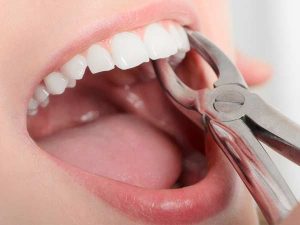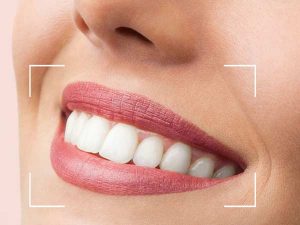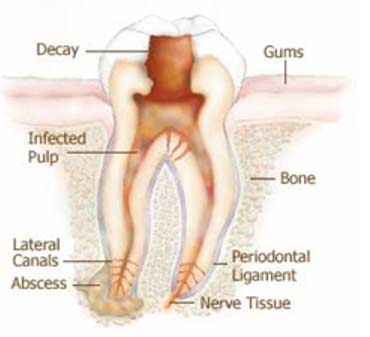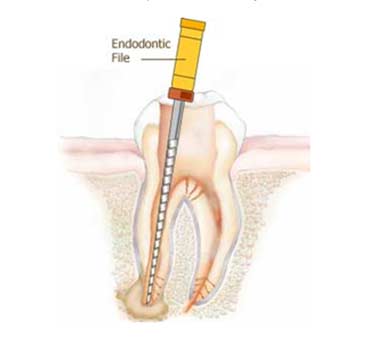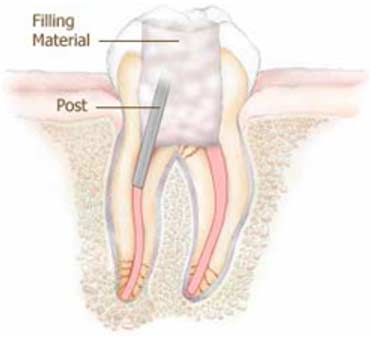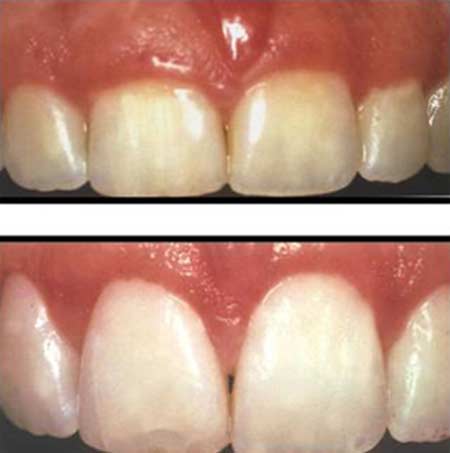
Scaling/cleaning of teeth is a procedure by which the dentist through an ultrasonic scaler removes the plaque, tartar & food particles from the tooth surface and surface of restorations. Tartar/ Calculus appear as yellow /brown/blackish hard deposits between gums and teeth.
Excessive deposition of tartar over a period of time leads to mobility of teeth and unhealthy gums. External stains on the teeth which cannot be removed by simple brushing can be removed by scaling and polishing. External stains on the teeth are caused by smoking, tobacco, tea & coffee intake etc. Sometimes even if a person does not have these habits still stains are observed. That is because of few chromogenic bacteria present in the saliva which causes these stains.
Scaling is done by ultra sonic machine which does not cause any harm or scratches on the natural tooth structure. No local anesthesia is given for this procedure as this is virtually painless procedure.
WHEN CAN SCALING BE DONE?
- Scaling is a part of oral prophylaxis which needs to be done every six months.
- Is done for patients having bleeding gums, foul smell from mouth, stickness in mouth, mobility of teeth.
MYTHS ABOUT SCALING OF TEETH
- Teeth become weaker. Mobility of teeth post scaling is a myth as teeth can only get better and healthier after scaling. Presence of tartar holds the shaky teeth intact psychologically, but actually it is causing a negative impact on the natural attachment of gums and teeth.
- Gaps are increased than before. In some cases there are gaps between teeth which gets covered by tooth colored tartar. On removal of this tartar the patient feels the gap has occurred due to cleaning of teeth which is wrong.
- Sensitivity appeared which was not there prior to the scaling procedure.
As the tartar is removed the concealed part of the teeth is exposed to the oral environment thereby causing mild to moderate sensitivity to the teeth which is transient. This sensitivity vanishes in a day or two. Most of the patients do not even experience this sensitivity.



